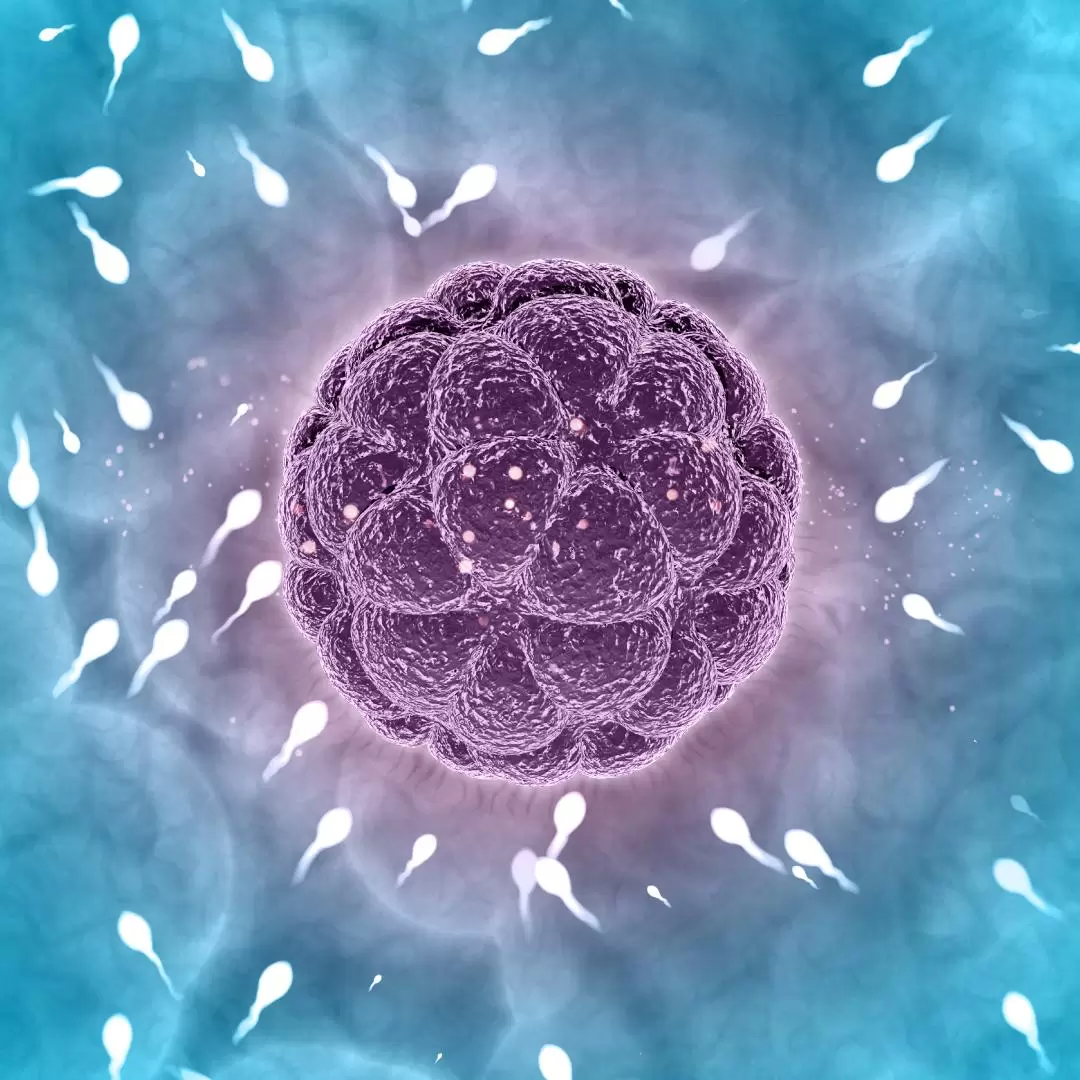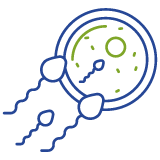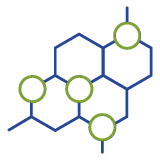Another advancement in the field of fertility is the use of donor gametes-egg/sperm. This treatment helps couples see the light at the end of the tunnel in their long journey to attaining parenthood. The use of donor gametes (sperm/egg /embryo) might be an option for some couples to achieve parenthood. Our medical staff and counsellors will help you weigh the pros and cons of pursuing this option.

Indications for Donor Egg Treatment
Premature ovarian failure (POF) is a condition where there are no eggs in the ovary due to premature menopause, i.e. stoppage of periods at an early age due to genetic or other medical reasons.
Advanced maternal age greater than 42 years.
Repeated IVF failures.
Poor quality eggs/embryos.
Ovarian failure due to chemotherapy or radiation in cancer patients.
Sub fertile couples where both partners have issues such as low sperm count and poor quality or low egg number, donor embryo treatment is suggested to achieve parenthood.
Donor Embryo FET is also suggested for couples with genetic diseases to obtain a healthy baby.

Indications for Donor Egg Treatment
Premature ovarian failure (POF) is a condition where there are no eggs in the ovary due to premature menopause, i.e. stoppage of periods at an early age due to genetic or other medical reasons.
Advanced maternal age greater than 42 years.
Repeated IVF failures.
Poor quality eggs/embryos.
Ovarian failure due to chemotherapy or radiation in cancer patients.
Sub fertile couples where both partners have issues such as low sperm count and poor quality or low egg number, donor embryo treatment is suggested to achieve parenthood.
Donor Embryo FET is also suggested for couples with genetic diseases to obtain a healthy baby.
Process of Donor Egg Treatment

Step 1
In the egg donor treatment cycle, a healthy egg donor is identified and screened with blood tests according to ICMR guidelines and recruited as an egg donor for the couple.

Step 2
The next step is coordinating both the donor and recipient cycles using hormone tablets and an injection called GnRH, which shuts off the hormone production in the recipient.

Step 3
Once the recipient is ready, the egg donor receives hormone-FSH injections for egg growth. Once the follicles are the right size, the eggs are collected and mixed with the sperm of the recipient’s husband to make the embryo, which is replaced in the recipient’s uterus.

Step 4
When we start FSH injections for the donor, the recipient receives hormone tablets for the uterus lining to grow. On the day of egg collection for the donor, progesterone support is added to facilitate the implantation process.
Book an Appointment

